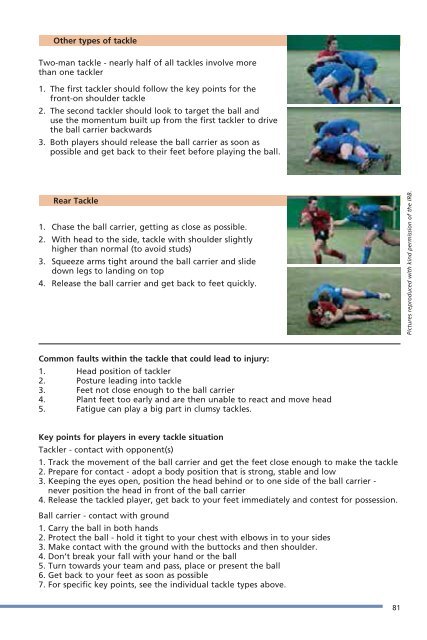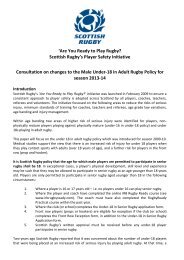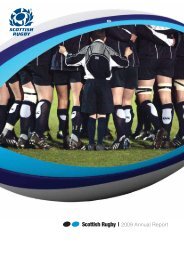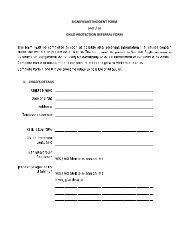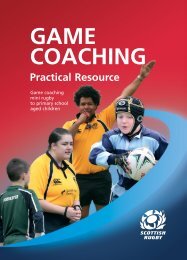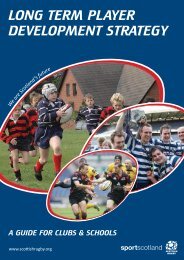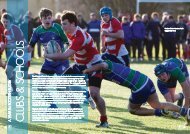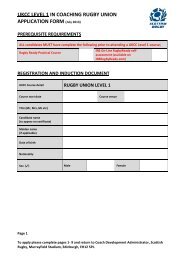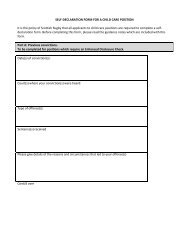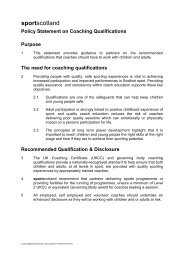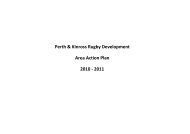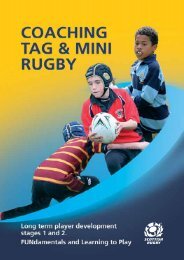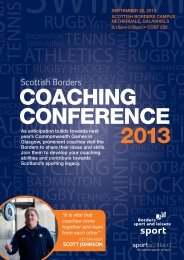LTPDst3cover.qxd (Page 1) - Scottish Rugby Union
LTPDst3cover.qxd (Page 1) - Scottish Rugby Union
LTPDst3cover.qxd (Page 1) - Scottish Rugby Union
- No tags were found...
Create successful ePaper yourself
Turn your PDF publications into a flip-book with our unique Google optimized e-Paper software.
Other types of tackleTwo-man tackle - nearly half of all tackles involve morethan one tackler1. The first tackler should follow the key points for thefront-on shoulder tackle2. The second tackler should look to target the ball anduse the momentum built up from the first tackler to drivethe ball carrier backwards3. Both players should release the ball carrier as soon aspossible and get back to their feet before playing the ball.Rear Tackle1. Chase the ball carrier, getting as close as possible.2. With head to the side, tackle with shoulder slightlyhigher than normal (to avoid studs)3. Squeeze arms tight around the ball carrier and slidedown legs to landing on top4. Release the ball carrier and get back to feet quickly.Pictures reproduced with kind permission of the IRB.Common faults within the tackle that could lead to injury:1. Head position of tackler2. Posture leading into tackle3. Feet not close enough to the ball carrier4. Plant feet too early and are then unable to react and move head5. Fatigue can play a big part in clumsy tackles.Key points for players in every tackle situationTackler - contact with opponent(s)1. Track the movement of the ball carrier and get the feet close enough to make the tackle2. Prepare for contact - adopt a body position that is strong, stable and low3. Keeping the eyes open, position the head behind or to one side of the ball carrier -never position the head in front of the ball carrier4. Release the tackled player, get back to your feet immediately and contest for possession.Ball carrier - contact with ground1. Carry the ball in both hands2. Protect the ball - hold it tight to your chest with elbows in to your sides3. Make contact with the ground with the buttocks and then shoulder.4. Don’t break your fall with your hand or the ball5. Turn towards your team and pass, place or present the ball6. Get back to your feet as soon as possible7. For specific key points, see the individual tackle types above.81


